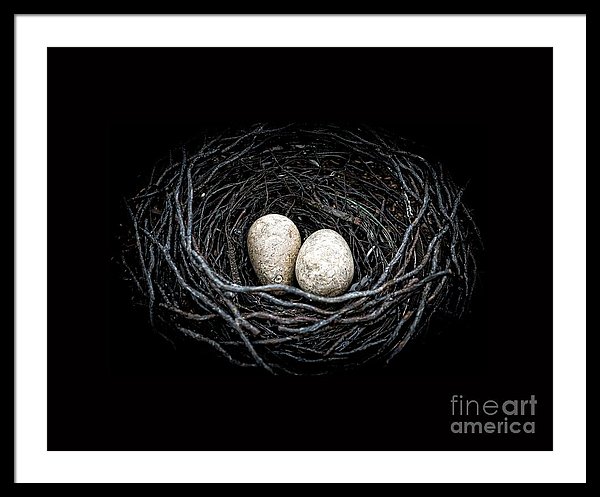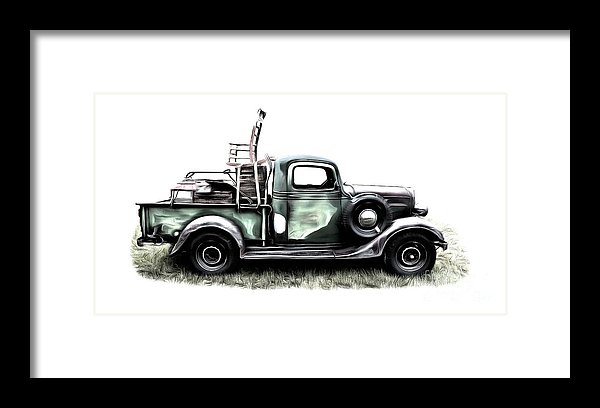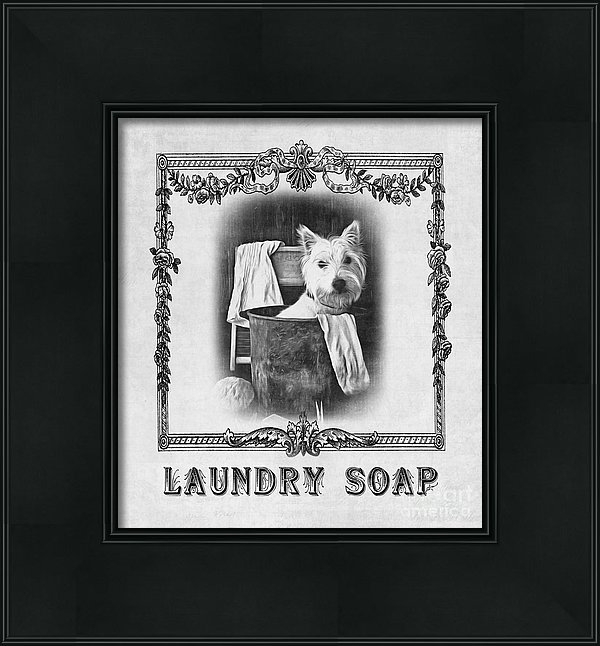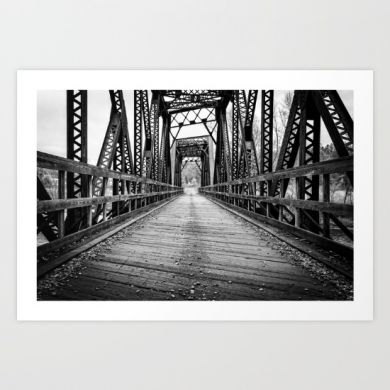Selling Artwork with Search Engine Optimization
Advice on selling artwork online by successful artist/fine art photographer Edward M. Fielding – www.edwardfielding.com
In order to buy art, collectors must first see it so the can fall in love with it. In the brick and mortar world this means putting your wall art up in places frequented by potential collectors such as galleries, cafes and exhibits.

Selling art online requires putting your artwork in online galleries but mainly creating content that will be collected and indexed by the major search engines.
When someone is in the mood to search for art to buy, you want your artwork or photography to pop to the top of search. That is what the term “SEO” or “Search Engine Optimization” means. Making your content (in this case your artwork) optimally positioned to be first found by the search engines and then ranked as high as it can be the search results.
Search engine results are the result of a constantly tweaked formula or algorithm. A behind the scenes math equation that weights all sorts of variables to bring about the final result. Elements such as popularity, readability, length of time people spend on the page, number of links going to the page, how many ads are on the page etc etc. All of these measurements go into the formula to create the final page ranking.

While search engines such as Google and Bing won’t actually reveal the methods they use to rank websites on their search results, those responsible for the practice of SEO have a pretty good idea which tactics are most effective – and research repeatedly confirms it comes down to just a handful of factors.
Relevant Content Creation
RCC or Relevant Content Creation is considered the most important way to achieve SEO. You have to think of the search engine as a product. The goal of any search engine is to be the best product in its class. It does this by satisfying the customers need for fast and relevant results.
The better job the search engine does of bringing you the results you want, the better the product. So the search engine strives to bring up results that have actual useful information and it does this partly by measuring the amount of time the users spends on the page and the number of links from other sites that lead to this page.

You can’t really fake good content. In the old days, you might just fill up a page with keywords and the search engines would send customers to that page. But now all kinds of other factors are considered such as readability, time spent on the page, other links to the page, social media interaction etc.
Relevant content creation, of course, is what SEO’s most often believe is the most effective SEO tactic. Recent research from Ascend2, in fact, found that 57 percent of respondents say relevant content creation is a highly effective SEO tactic. Other top tactics mentioned in the study include keyword/phrase research (49% cite as highly effective), social media integration (39%), and external/internal linking (36%).

Selling Artwork With Context
To attract search engines to your work you need to surround the work with words. Visual images can be searched but usually its by people looking to grab a photo for a school report or presentation or something. Art buyers are going to be searching within an online art gallery or via a search engine. You need to surround your visual artwork with relevant words or in other words put it in context.
Context – the circumstances that form the setting for an event, statement, or idea, and in terms of which it can be fully understood and assessed.
In the SEO world, context is king. Context can be keywords, a description of an artwork, the biography of the artist, the process behind the artwork, a description of the framing process etc.
In other words tell the story of the artwork for the potential buyer and the search engines. Give the buyer and the search engine bots that index the Internet, multiple reasons to find, index, discover and learn about your artwork. Provide interesting details about the work that will entice others to share and link to your work.
The more context you place around your artwork, the more likely it will be found and purchased.
About the Author
Before returning to fine art photography and art, Edward M. Fielding had a career in the high tech computer magazine and online content provider world including being the Director of Market Research at BYTE Magazine.
Currently Fielding’s work can be seen on bestselling book covers and in magazine’s around the world as well as in galleries and in the home’s of private collectors.
See more at: http://edward-fielding.pixels.com/index.html

Great info, Edward … thank you!!!